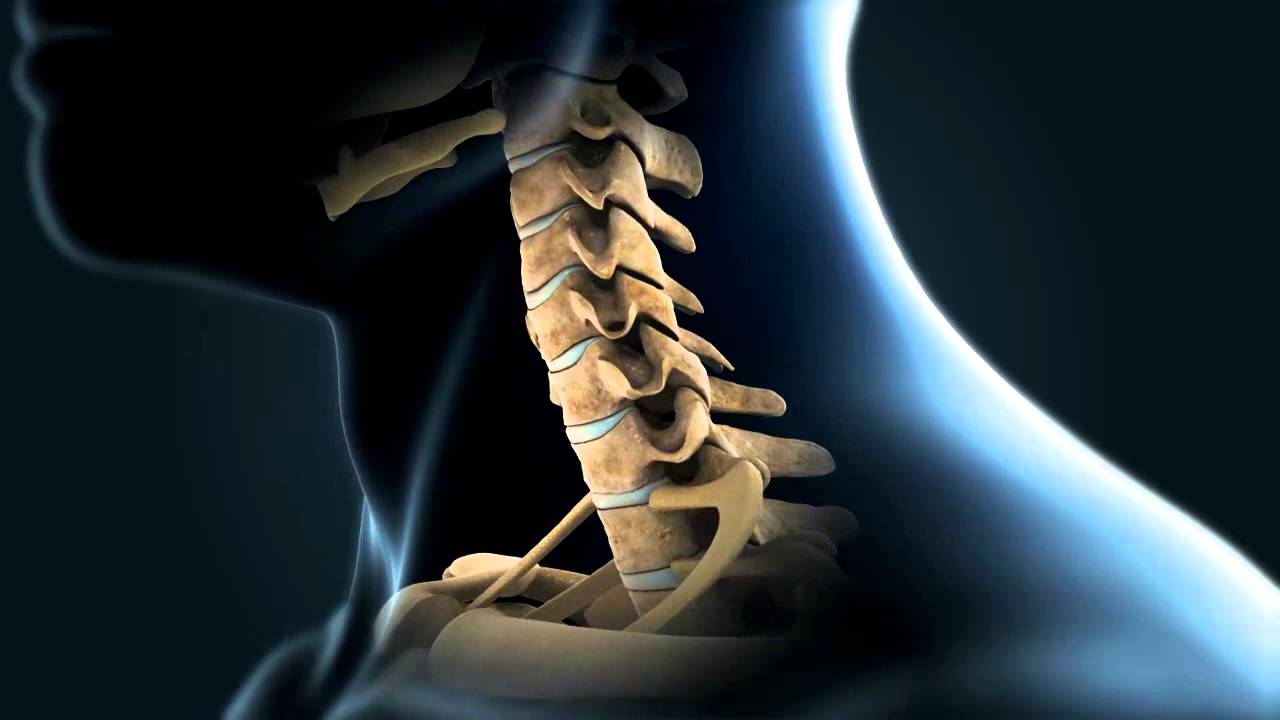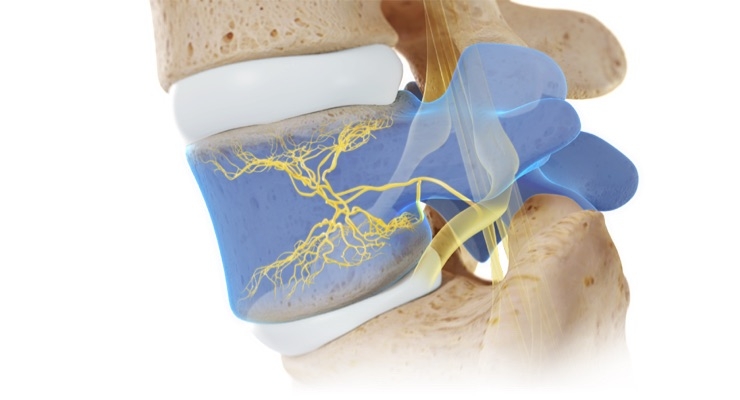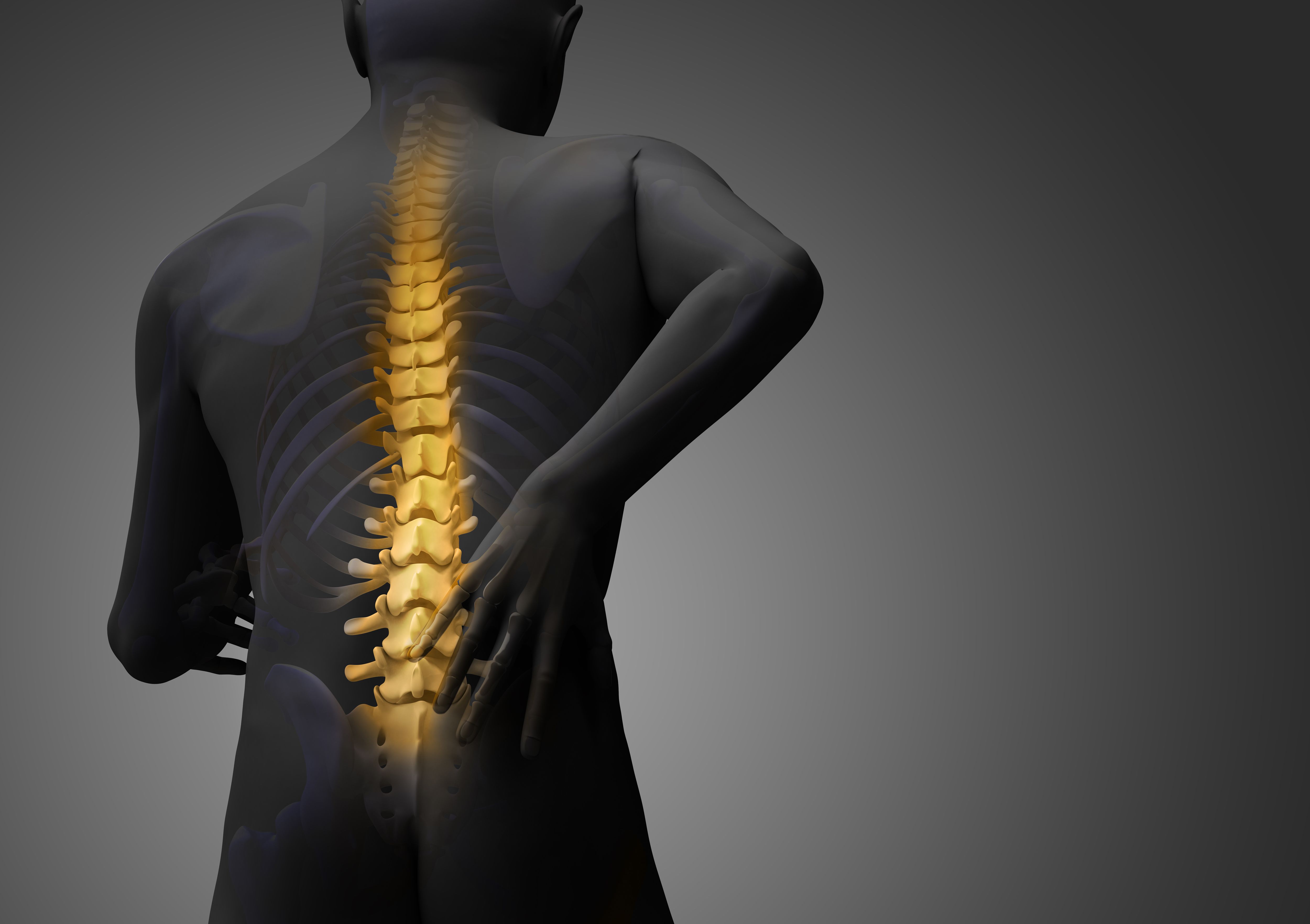Overview
Foot drop, also known as "drop foot", is a condition where it is difficult to lift the front part of the foot. This can cause the foot to drag along the ground as you walk, leading to a noticeable gait pattern. Dropsy is not a disease in itself; rather, it is a sign of an underlying problem that affects the muscles, nerves, and even the brain and spinal cord. At Mspin, Dr. Irfan Malik strives to tackle this dangerous condition with expert care.







